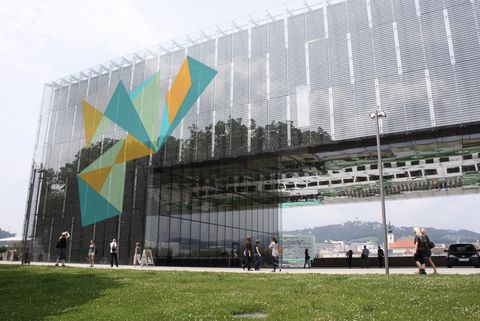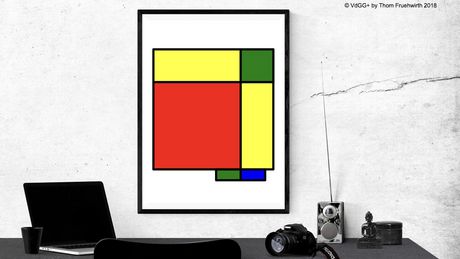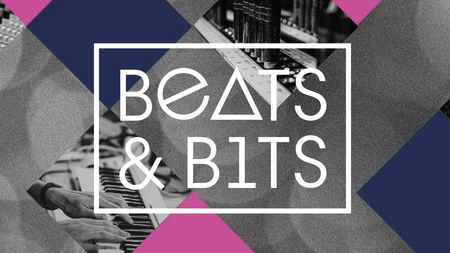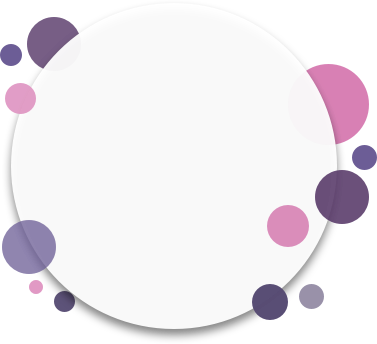Artificial intelligence creates digital art inspired by cultural heritage
Auction house Christie’s recently auctioned the first portrait from a series of computer-generated images for over 400,000 euros. That made headlines. The blurry images were created by the artificial intelligence of neural networks. But there is also a very different approach that can produce concise abstract art using computational logic.
The computer software VanDeGraphGenerator+ (VdGG+) analyses and generates line drawings based on a novel AI algorithm. Practical examples of such line drawings include geographic maps, the structure of social networks, engineer’s diagrams, and architectural plans. We used VdGG+ to learn and generate new designs for mason’s marks. The VdGG+ algorithm can then turn these designs into contemporary abstract digital art.
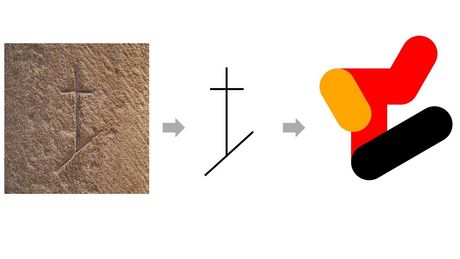
The algorithm learns from cultural heritage
Mason’s marks are geometric designs. For thousands of years, stonemasons carved these symbols into dressed stone. This signature would indicate their craftsmanship for quality control and proper payment. The marks consist of a pattern of lines and arcs that were constructed with rulers and compasses.
In Europe, one can mainly find mason’s marks from the medieval ages, mostly in churches, cathedrals and monasteries. In one such building, there may be a thousand mason’s marks of hundred different designs. These historical designs serve as the input to VdGG+ to generate new mason’s marks.

Thom Frühwirth is a professor of computer science at Ulm University, Germany. His research areas are computational logic and artificial intelligence. He is the designer of the logic formalism and programming language Constraint Handling Rules (CHR). His most recent book is The Computer Art of Mason’s Mark Design.
VdGG+ understands the drawing’s inherent design principles
Our unique approach to algorithmic design and art uses methods from artificial intelligence and computational logic. VdGG+ is fed with line drawings of medieval mason’s marks. Like a curious child, VdGG+ disassembles them to find their inherent structural regularities. It observes properties like line lengths and angles between lines.
The algorithm learns these design principles and then follows them to assemble new marks by itself. It picks some graphical components and tries to connect them. The final line drawing has to satisfy certain properties that are learned conditions on lines, crossings, curvatures, and angles.
VdGG+ creates intriguing geometric abstract art
To turn the rather minimalistic mason’s marks into artful images, lines are added satisfying certain constraints. In a second step, selected lines and areas are colored. This interplay of constraints and chance achieves a kind of computational creativity. It allows the algorithm to generate digital abstract art.
From our database of hundreds of existing mason’s marks, our tool VdGG+ can invent trillions of mason’s marks and turn them into colourful geometric drawings. The resulting artwork is impressive. Some graphics look like origami foldings and some like stick figures. Some remind of Op Art, De Stijl and Bauhaus. The designs are best described as geometric abstract art.
Ikebana and Islamic tiles are next
In the future, we would like to investigate the design principles in the cultural heritage of Japanese ikebana and Islamic geometric design patterns with our AI tool VdGG+. Of course, engineering and architecture are further fields of application which can be considered.
The content and opinions of the authors published here do not necessarily reflect the opinion of Science Year 2019 - Artificial Intelligence.



